Caves are fascinating geological formations found all over the world. They are formed through a combination of natural processes and can vary greatly in size, shape, and formation. Here, we will explore the major Types of Cave Found in The World.
Solution Caves
Solution caves represent the prevalent category of caves, typically emerging in soluble rock formations like limestone, dolomite, or gypsum. These rocks consist of minerals that are susceptible to dissolution in water.
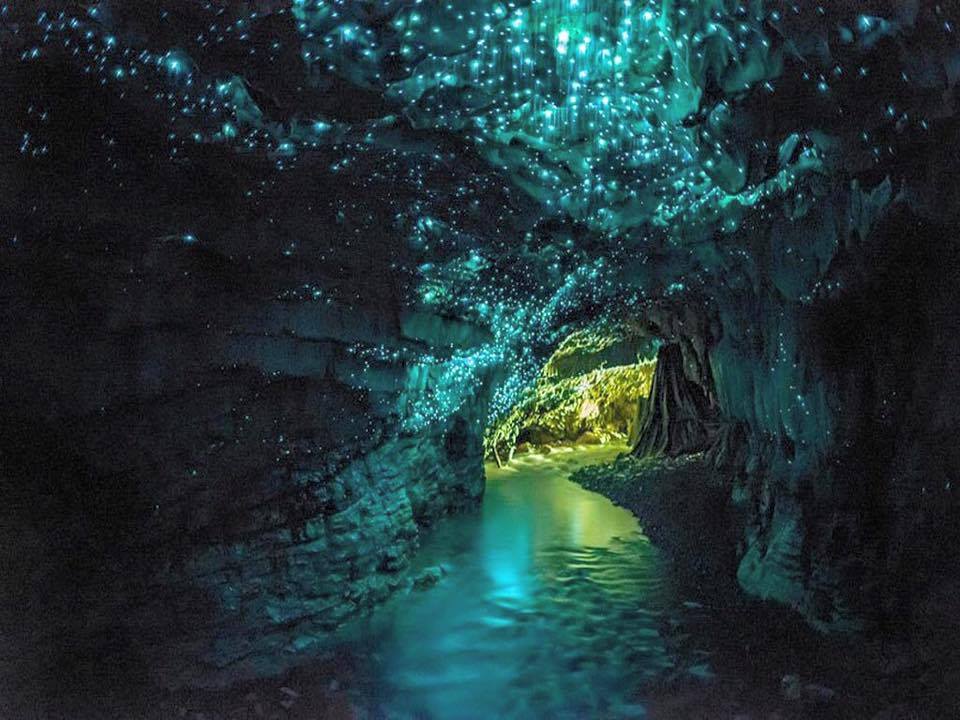
Over time, acidic rainwater or groundwater seeps into the rock, dissolving and carrying away the minerals. As the process continues, intricate networks of passages, chambers, and caverns are formed.
Famous examples of solution caves include the Mammoth Cave in Kentucky, USA, and the Waitomo Caves in New Zealand.
Lava Tubes Caves
Lava tubes take shape in the aftermath of volcanic eruptions as molten lava flows and develop a solid crust on its external layer, allowing the inner lava to persist in its flow. Once the eruption ends, the lava drains out, leaving behind a hollow, tunnel-like cavity known as a lava tube.
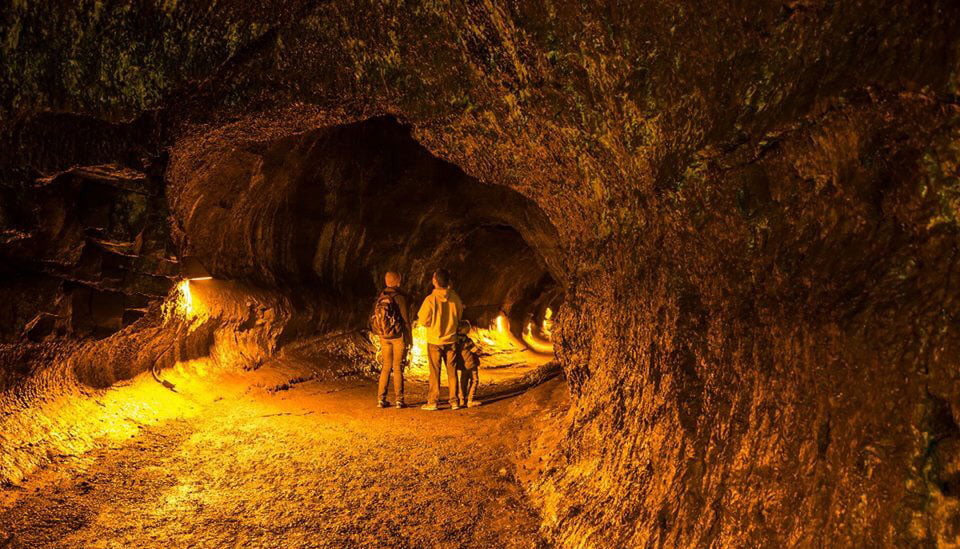
Lava tubes can be found in volcanic regions around the world, such as the Hawaiian Islands, Iceland, and the Canary Islands. They can vary in size from small tunnels to vast underground systems stretching for miles. Some lava tubes have impressive formations, including lava stalactites and lava benches.
Read More: Top Natural Places To Visit In Madhya Pradesh State
One well-known example of a lava tube is the Kazumura Cave in Hawaii, which is one of the longest and deepest lava tubes in the world.
Sea Caves
Sea caves are formed by the relentless pounding of waves along coastlines. The constant force of the water erodes the rock, gradually creating openings, tunnels, and caverns. These caves are often found in cliffs and rocky coastal areas.
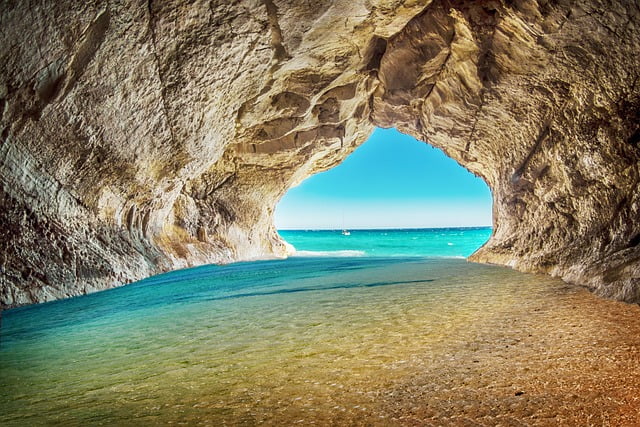
Sea caves can have a range of features, including large entrances, high ceilings, and narrow passageways. They are typically affected by tidal movements and can be accessible only during low tide or by boat.
The Fingal’s Cave in Scotland, known for its distinctive hexagonal basalt columns, is a famous sea cave that has attracted visitors for centuries.
Glacier Caves
Glacier caves are formed within or beneath glaciers, which are massive bodies of ice. The movement of the glacier causes it to grind against the underlying rock, carving out tunnels and chambers. Glacier caves can also form as meltwater flows through or beneath the ice.
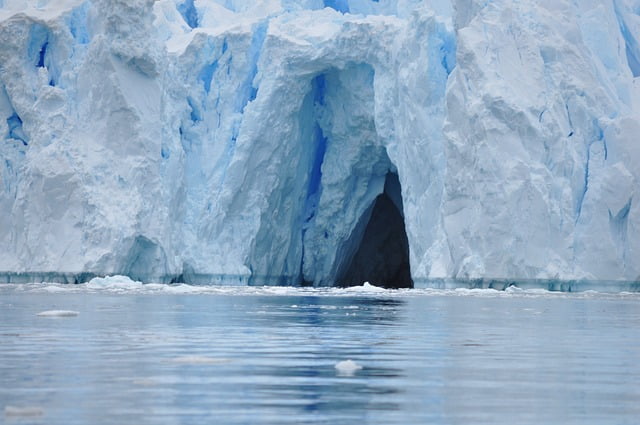
These caves can have breathtaking ice formations, such as ice stalactites and ice curtains. However, they are often unstable and can collapse or change shape as the glacier moves and melts.
Read More: Top Places To Visit In India With A View Above The Clouds
The Mendenhall Ice Caves in Alaska, USA, and the Eisriesenwelt Ice Cave in Austria are well-known examples of glacier caves.
Tectonic Caves
Tectonic caves are formed by geological processes related to tectonic activity, such as earthquakes or the shifting of tectonic plates. These caves are typically found in regions with significant seismic activity.
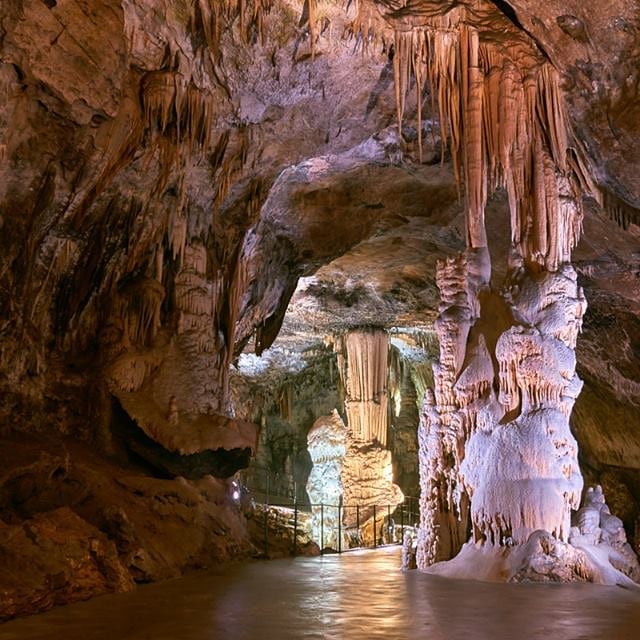
Tectonic caves can be quite large and complex, with multiple chambers and intricate passageways. They are often formed in rocks that have been fractured or faulted due to tectonic forces.
Read More: Best Natural Places To Visit in Monsoon in India
The Akiyoshi Cave in Japan and the Postojna Cave in Slovenia are examples of tectonic caves that have become popular tourist destinations.
Erosional Caves
Caves formed through various erosion mechanisms, including the impact of water, wind, or ice, are classified as erosional caves. These caves are frequently located in regions characterized by distinct geological features that promote erosion.
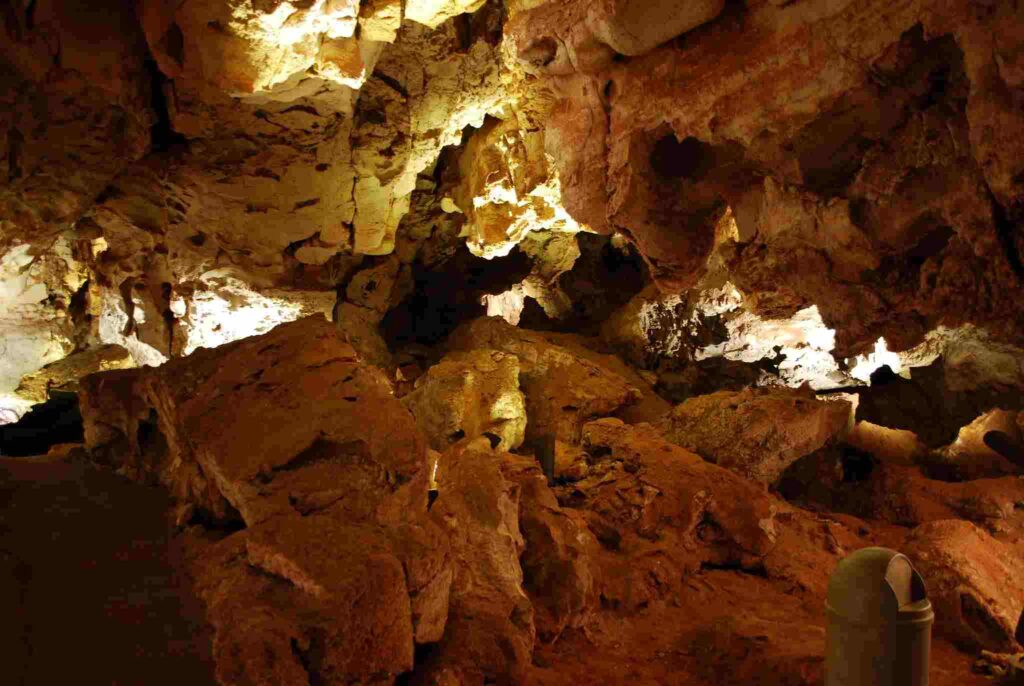
For example, slot canyons, such as Antelope Canyon in Arizona, USA, are narrow, deep canyons formed by the erosive power of water. Over time, water carves out intricate passages and smooths the rock surfaces.
Similarly, wind caves, like the Wind Cave in South Dakota, USA, are formed by the wind eroding and sculpting soft rock formations. These caves often have distinctive features, including delicate, wind-sculpted formations.
Fracture Caves
Fracture caves are formed in rocks that have been heavily fractured or jointed. These fractures provide paths for water to seep into the rock, gradually enlarging the openings and forming caves.
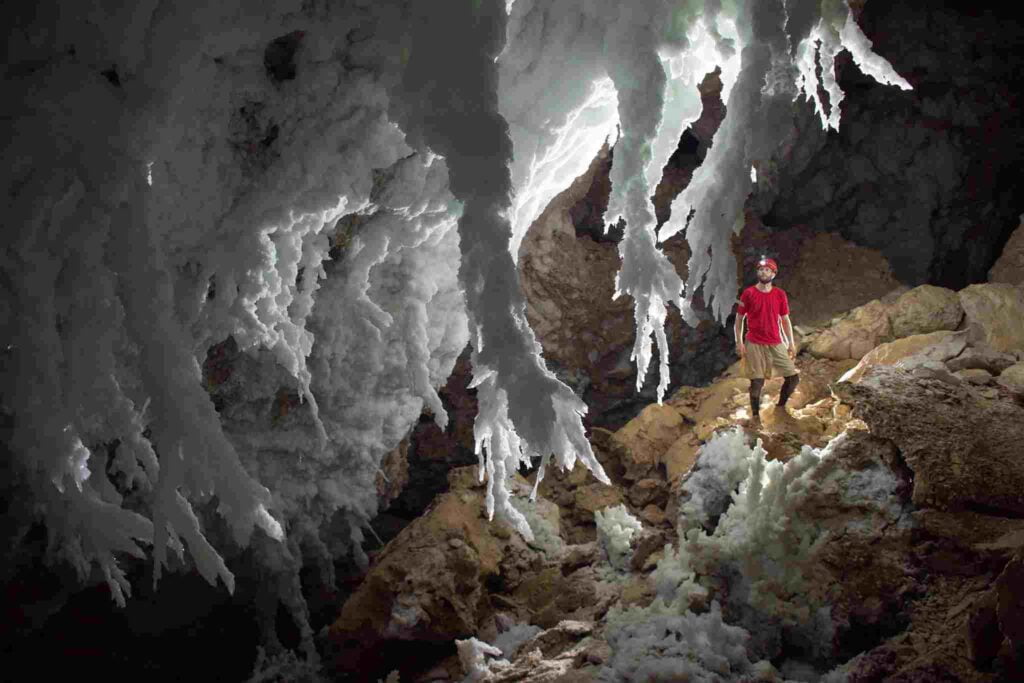
Fracture caves can range from small, narrow passages to extensive cave systems. The formation of stalactites and stalagmites is common in fracture caves.
Read More: 10 Largest Freshwater Lakes in The World
The Lechuguilla Cave in New Mexico, USA, is one of the deepest and most extensive fracture caves in the world, known for its unique formations and microbial life.
Tufa Caves
Tufa caves are formed by the precipitation of calcium carbonate from mineral-rich water. The water, often high in calcium carbonate content, seeps through the rock and deposits the mineral. Over time, these deposits build up, forming cave-like structures.
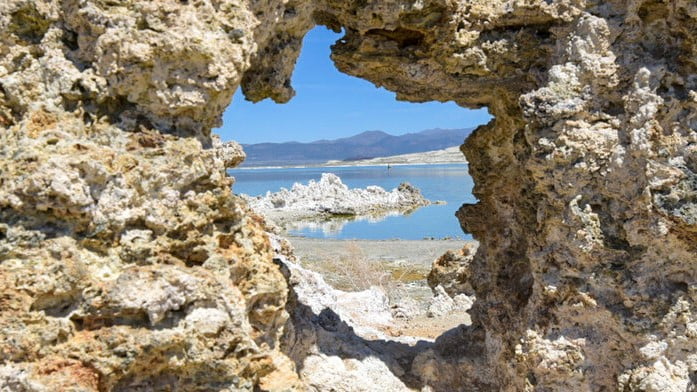
Tufa caves are typically found in areas with abundant mineral-rich springs or water bodies. They often have distinctive features, including porous rock formations and cascades of mineral deposits.
The Mono Lake Tufa State Natural Reserve in California, USA, is famous for its tufa formations and tufa caves.
